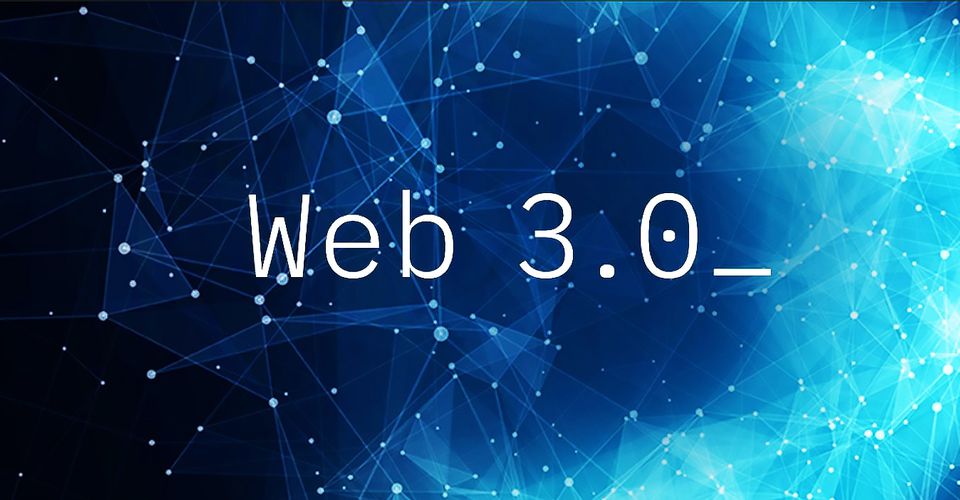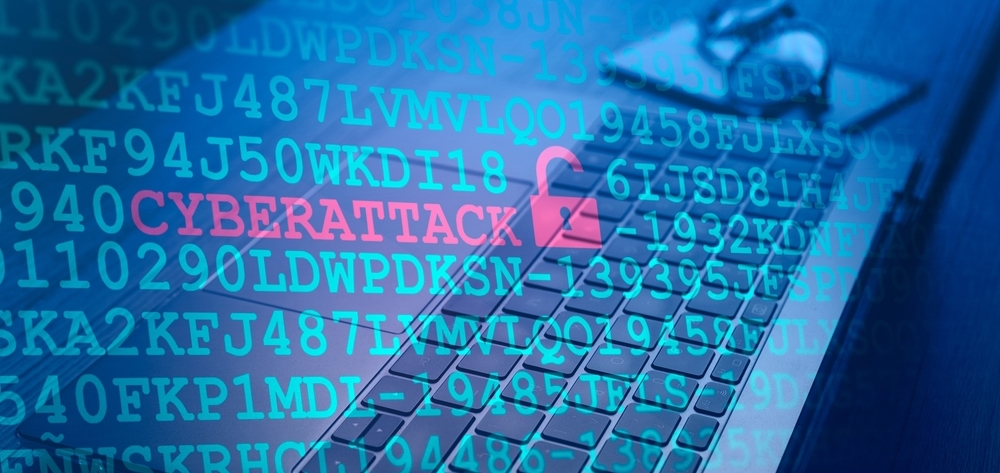In today’s digital age, our lives revolve around data. From social media profiles to bank transactions, data is not just a byproduct of our activities—it’s the foundation of our digital identity. However, this dependency has also exposed us to significant vulnerabilities. Massive data breaches, the misuse of personal information, and an overall lack of transparency have left users questioning the safety of their digital presence.
Enter Web 3.0: a potential game-changer that promises to redefine how our data is stored, shared, and protected. But can Web 3.0 truly save our data? Let’s dive deeper into this emerging paradigm.
What is Web 3.0? A New Internet Era
Web 3.0 is the third generation of the internet, often referred to as the “decentralized web.” Unlike its predecessor, Web 2.0, which is dominated by centralized platforms and corporations, Web 3.0 is built on decentralization, blockchain technology, and user-centric principles.
At its core, Web 3.0 focuses on empowering users by:
- Decentralizing data storage through blockchain and distributed networks.
- Eliminating middlemen to enable direct interactions between users and services.
- Enhancing data ownership, giving users control over how their information is stored and shared.
In simpler terms, Web 3.0 shifts the power dynamics from corporations to individuals, paving the way for a more transparent and secure internet experience.
The Current Problem: Why Our Data is at Risk
Despite the convenience of today’s digital landscape, it comes with serious risks. Centralized systems—the backbone of Web 2.0—have become prime targets for cyberattacks. Let’s take a closer look at why our data is more vulnerable than ever:
- Centralized Storage: Companies store vast amounts of user data in centralized servers, creating a single point of failure. This makes them attractive targets for hackers.
- Data Monopolies: Tech giants like Google, Facebook, and Amazon collect massive amounts of personal data to fuel their business models, often without explicit user consent.
- Loss of Ownership: Once you share your data with a platform, you lose control over how it is used, shared, or even sold.
Recent high-profile breaches, such as those affecting Facebook and Equifax, highlight how easily centralized systems can compromise millions of users. It’s clear that the current model is flawed, and the need for change is urgent.
How Web 3.0 Promises to Protect Data
Web 3.0 introduces a revolutionary way of managing data, ensuring privacy, security, and user empowerment. Here’s how it addresses the current shortcomings:
- Decentralization In Web 3.0, data isn’t stored in a single server. Instead, it’s distributed across a blockchain network, making it nearly impossible for hackers to compromise the system as a whole. With no central authority, users benefit from enhanced security and resilience.
- Data Ownership Web 3.0 gives users full control of their data through cryptographic wallets. These wallets act as digital keys, allowing users to decide who can access their information and for what purpose.
- Transparency Blockchain technology ensures transparency by recording every transaction or interaction on an immutable ledger. This allows users to verify how their data is used, fostering trust in the system.
- Privacy Enhancements Technologies like zero-knowledge proofs ensure that sensitive information can be verified without revealing the actual data. This means you can prove your identity without sharing your entire profile.
Real-World Use Cases of Web 3.0 in Data Protection
While the concept of Web 3.0 might sound futuristic, its principles are already being implemented in various industries. Here are some real-world examples:
- Decentralized Cloud Storage Platforms like Filecoin and IPFS use blockchain technology to create secure, decentralized storage networks. Unlike traditional cloud services, your data isn’t stored in a single location, reducing risks of breaches and data loss.
- Secure Identity Solutions Self-sovereign identity systems allow users to manage their credentials without relying on third-party platforms. For example, projects like uPort enable users to control their digital identities securely.
- Healthcare Blockchain-based solutions are being developed to store and share sensitive patient data securely. This ensures that only authorized parties can access the information, protecting patient privacy.
- Social Media Decentralized social media platforms like Minds aim to give users control over their content and data, eliminating the reliance on ad-driven business models.
The Challenges Ahead
While Web 3.0 offers immense potential, it’s not without its challenges. For this new internet era to reach its full potential, several hurdles must be addressed:
- Scalability Blockchain networks currently face limitations in processing large volumes of data efficiently. For Web 3.0 to become mainstream, these systems need to scale without compromising security.
- User Adoption Transitioning from Web 2.0 to Web 3.0 requires educating users about the benefits and functionality of decentralized systems. Many people are still unfamiliar with blockchain technology, which could slow adoption.
- Regulatory Concerns Governments worldwide are still grappling with how to regulate decentralized systems. Striking a balance between fostering innovation and protecting users will be crucial.
Why Web 3.0 Isn’t a Silver Bullet
While Web 3.0 offers transformative solutions, it’s important to acknowledge that it’s not a one-size-fits-all solution. Here are a few reasons why:
- Complementary Technologies: Web 3.0 needs to work alongside other advancements, such as artificial intelligence and machine learning, to create truly secure and efficient systems.
- Human Factor: User awareness and responsible digital practices remain essential. No technology can protect data if users unknowingly expose themselves to risks.
- Cost and Accessibility: Building and maintaining decentralized networks can be costly, which might limit their accessibility in some regions.
What Web 3.0 Could Mean for the Future of Data
Imagine a world where individuals have full control over their data. In this Web 3.0-driven future:
- Users would own their digital identities, eliminating the need for countless passwords and logins.
- Companies would need explicit permission to access personal data, fostering a more ethical digital economy.
- Decentralized systems would democratize the internet, reducing the power of monopolies and creating a fairer ecosystem for everyone.
Such a future isn’t just possible—it’s already taking shape. By embracing Web 3.0 technologies, we can build a more secure and equitable digital landscape.
Conclusion
Web 3.0 represents a bold vision for the future of the internet, one where individuals reclaim control over their data. By addressing the flaws of centralized systems, Web 3.0 has the potential to enhance privacy, security, and transparency on a global scale.
However, realizing this vision requires collective effort. Governments, businesses, and individuals must come together to support and adopt Web 3.0 technologies. As users, we can take the first step by exploring these innovations and advocating for a more secure digital future.
The journey to a decentralized internet is still unfolding, but one thing is certain: Web 3.0 offers a promising solution to the data vulnerabilities of today. The question now is not just can Web 3.0 save our data, but when it will become the new standard for digital interactions.







